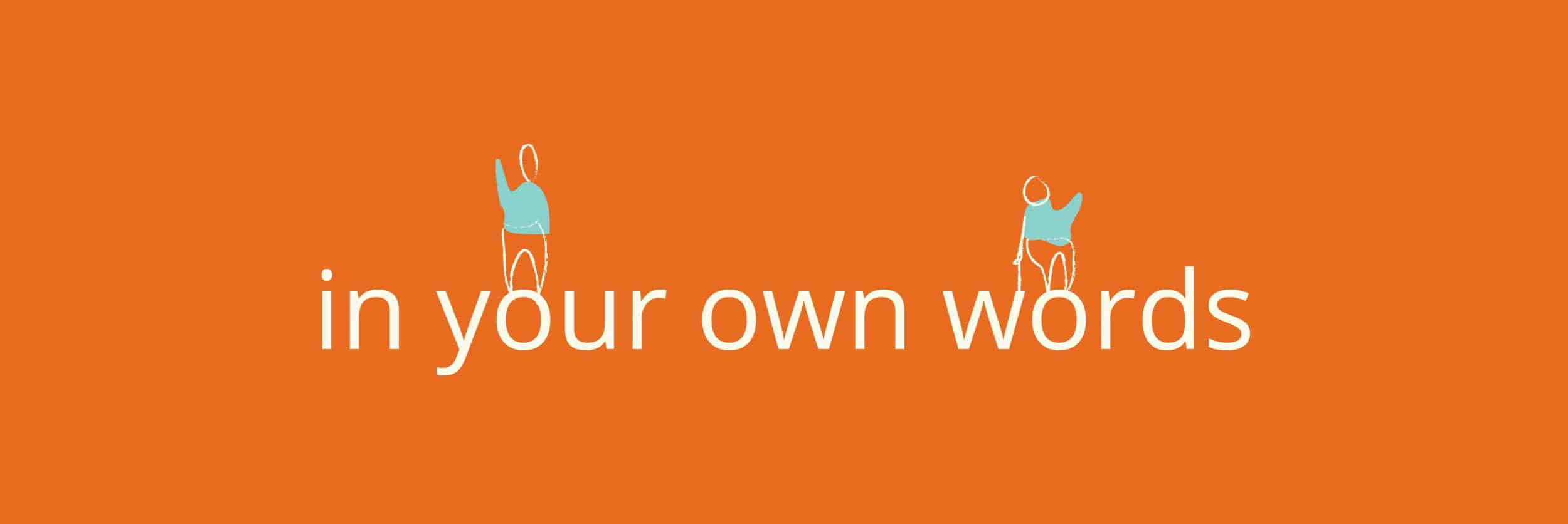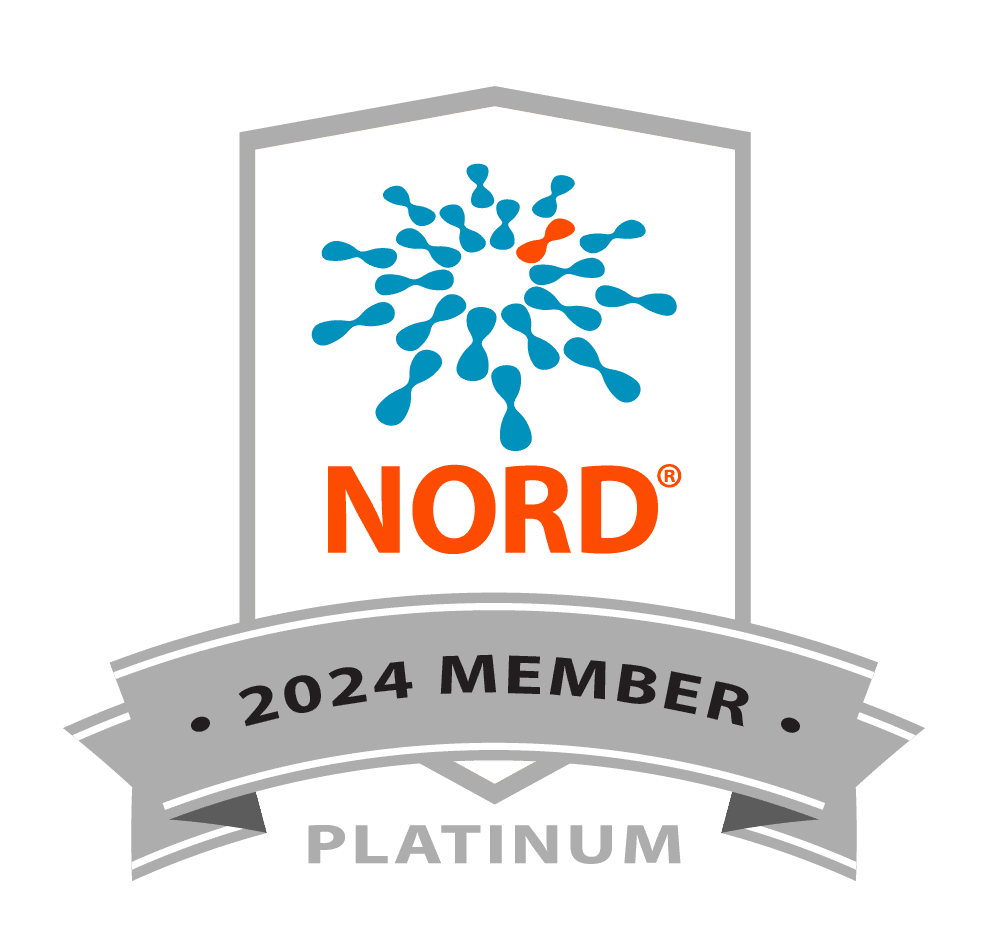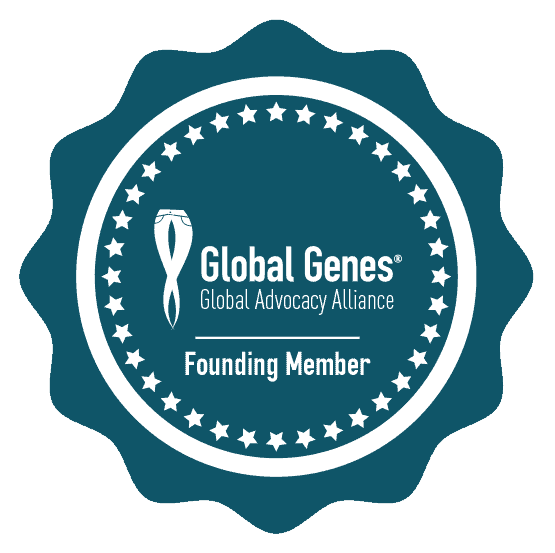My Time at Camp, a Retrospective
By Landy Thomas
Hi, I’m Landy Thomas. Some of you may know me, some of you may not. I used to go by Ireland. I have had Aquaporin-4 positive NMOSD since I was 6 years old, which is incredibly rare, as that disorder has an average age of onset of 41. All this to say, I was desperately in need of support, and found that support through SRNA’s Annual Quality of Life Family Camp, which I attended from age 11 onward.
At age six, I developed a longitudinally extensive spinal cord lesion which greatly impacted my mobility. I could no longer stand for long periods of time, as I had developed limb weakness and fiery neuropathic pain in my legs. When my mom and I would go to the grocery store, we would walk for a bit and then I would go and sit on the grimy floor of the store, while my mother, perplexed, would have to ask me to stand and keep walking. I could, but was so pained, and had no real words to articulate what was happening. I was all but trapped in a child’s body with a child’s mind and could not get the help I needed.
It was because of my inability to verbalize that my pediatrician disregarded my case. When I tried to tell her what was happening to me, the fiery pain, the weakness, the excruciating burning on my spine that would arise whenever a new lesion would form—she said all of that sounded like growing pains, or more embarrassingly, constipation. She did no testing and suggested I try eating prunes.
My condition worsened over the next two years because my pediatrician did not believe me and I wound up becoming blind in my right eye overnight. Then, and only then, were we believed by doctors. I was eight, and with a little time for blood work to come back, my family and I knew what I had: NMOSD.
I was in too much pain and I was scared and I was so very alone. I could not sleep well at all in the hospital—I’d wake at the slightest sound, at the quietest movement. The blood pressure cuff, the beeping of all my machines incited me, terrified me. Even my child mind was flight-or-fighting. It was like a two week long panic attack, eyes scanning the room for a threat, but my eyes could only find one when I looked in the mirror. This body, me, my own enemy.
Sleeplessness didn’t help my case. I recall bawling my eyes out, begging the nurses to just leave me alone. Getting checked on every 30 minutes, every hour for the thousand little tests was killing my spirit—I hadn’t slept for longer than 20 minute periods in five or six days, and I became like a small animal, unable to do anything but beg them to stop trying to help me. But when you’re in the pediatric intensive care unit, you are able to die at any point, and so this maddening monitoring is a necessary practice.
I survived. Somehow, someway, I made it—despite the rarity of the condition attacking my tiny body, despite the doctors that did not believe I had anything more than growing pains, I made it through. It was not a battle—I can’t describe it as that. I did not fight my illness, and I am no warrior. Instead, if anything, I felt as though I was a building burnt to the ground. Nothing felt the same—my body was different, my life was different, and everyone treated me different. My family all saw me as fragile—and people at school hurt me, calling me fat, running away from me knowing that with my disability I couldn’t keep up, and just, in every way, misunderstanding who I was now as a person and how to treat someone who just went through one of the worst things a child can go through.
Family can only do so much. When again and again the people your age reject you, you can’t help but feel like a monster. Being ostracized was in some ways as bad as being hospitalized—it just confirmed what I feared was true, that there really was nothing left of who I was before I experienced symptoms of NMOSD.
But when a building burns down, what do you do? You rebuild. After everything happens, after paralysis and more blindness and fatigue and terrible pain remains, I pull apart what’s left of the debris, I sweep the ash. I’m shocked to find the foundation is still there of the girl I was—something to build from, something to remember it all by.
And so, I keep living. I try to keep my head up, even when tears are rolling down my cheeks. I’m alive and I’m still scared and I’m so so young and I’m incredibly lonely. Building a house by yourself is all but impossible—most days I’d spend sitting in the ash. But what’s the solution?
SRNA was my solution. After searching around a bit, my family was able to find out about SRNA’s Quality of Life Family Camp, which was an opportunity like no other for someone with a rare neuroimmune disorder to interact with other kids and their families who understood—who lived and experienced my same experience, my same bad days.
I attended that summer, and every summer, up until I turned 18, and only stopped due to the COVID-19 pandemic preventing us from gathering. I was scared at first—girls my age had always treated me poorly, and without knowing, I expected the same treatment at camp. I could not have been more wrong.
The girls my age were amazing! Funny and smart and compassionate, who did not and would never, not in a million years, make fun of me for not being able to run or not being able to stand up for long periods of time due to pain. They got me, and I got them, and I finally felt normal again. Every activity we did while we were gathered together amplified this feeling of normalcy. Above all, regardless of campsite, SRNA seeks out places that can allow any kid to do any activity with only a few modifications! At Morgan’s, where we’ve been camping the last two years, there’s a wheelchair-accessible zipline, ropes course, and even a rock climbing wall! What seemed impossible for someone with these conditions can be made possible, and that dedication to accessibility creates an environment for kids to have a real sense of themselves again—to participate, to enjoy, and to laugh.
Having a disability is a part of these kids, and it’s not something to be ashamed of—at camp, everyone is normal. It’s hard to describe, honestly—there’s just an atmosphere of acceptance and love that holds us all together, And during the days of camp, strangers become instant friends, and parents have the opportunity to talk with other parents who are also caregiving for their kids. Doctors, too, are present at camp, to give talks and to answer questions families may not yet know the answer to. I know I was able to discuss pain relief options with a doctor there, which helped a great deal, as my at-home neurologist at the time was unaware of some treatment options that these specialized neuroimmunologists are more readily aware of.
Now, at the age of 22, well, soon-to-be 23, I look forward to my summers volunteering with SRNA at these camps. Getting the opportunity to see this new generation of kids interact and find that same sense of community I had is a privilege— parents who are reading this, I cannot recommend this camp for your kids enough!
If you have a child diagnosed with a rare neuroimmune disorder between 0 and 20 years old, please apply for this year’s camp here. It will be from Sunday, June 29, 2025, to Thursday, July 3, 2025, at Morgan’s Camp in San Antonio, Texas. If interested, please begin the application as soon as possible, as we have limited spots available, and there are a few forms camper families must fill out before being accepted. I hope to see you there!
Our “In Their Own Words” blog posts represent the views of the author of the blog post and do not necessarily represent the views of SRNA.




